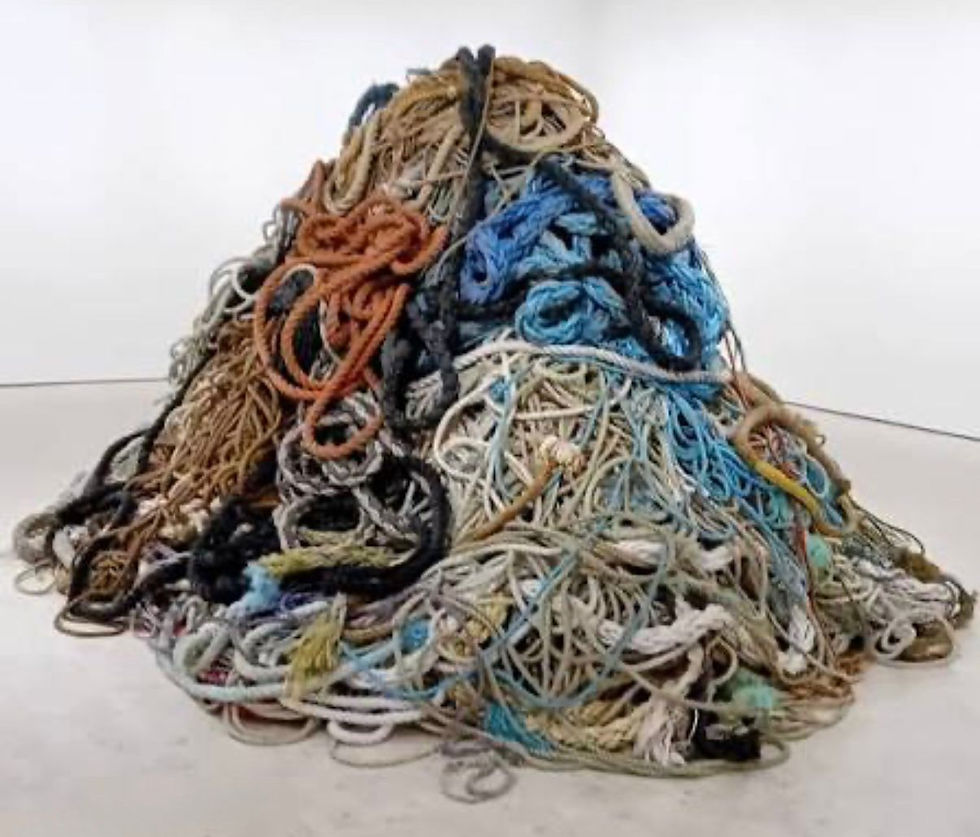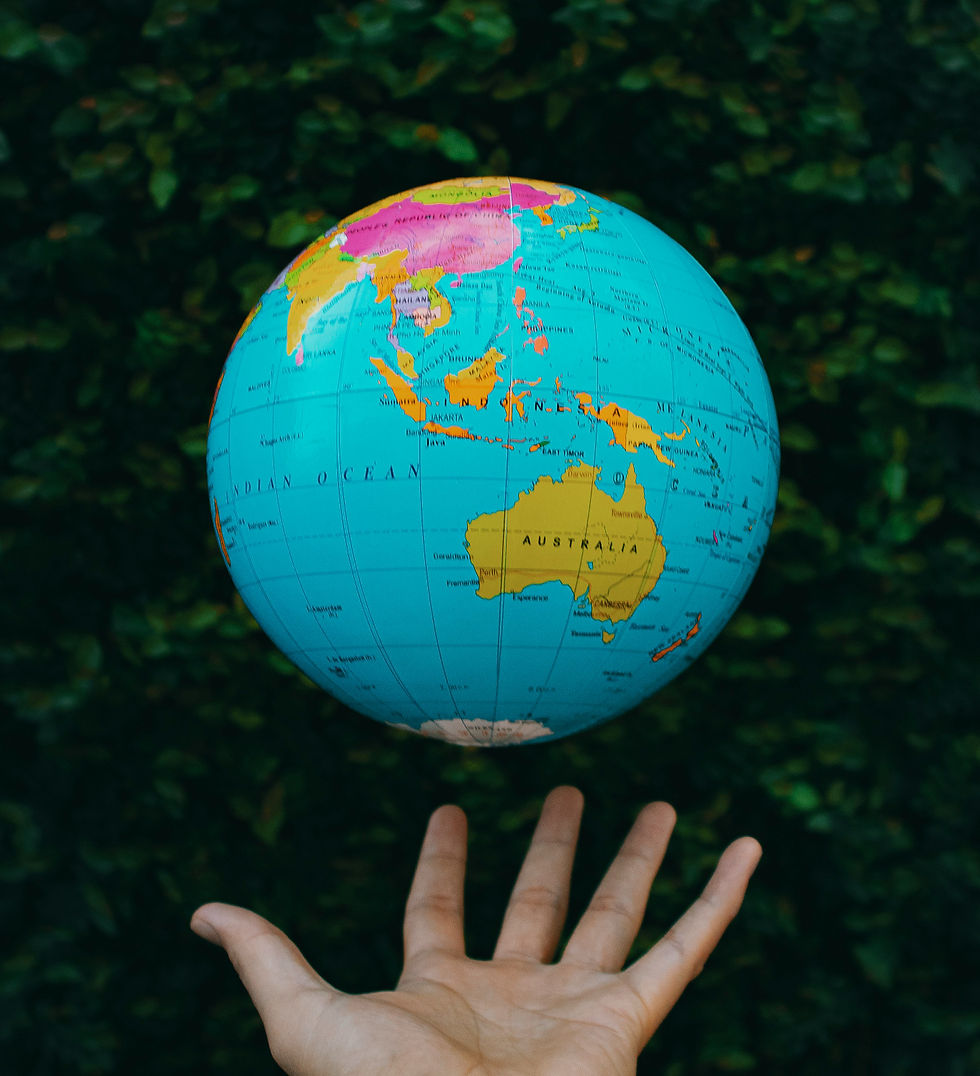Sand is Getting Hotter, Thanks to Plastic
- oscarmackay12345
- Oct 13, 2023
- 3 min read
Updated: Dec 23, 2023
Have you ever gone to the beach and had to awkwardly hop along the sand and take refuge under umbrellas due to the hot sand beneath your feet? It is safe to say that nobody enjoys doing that and so the last thing we would want is for the sand to get even hotter, right?
Dr Jennifer Lavers, an ecotoxicologist from the Institute for Marine and Antarctic Studies at the University of Tasmania, has conducted a study and found that the presence of microplastics increases sand temperatures by around 2.45°C.
By counting the microplastics in multiple sand plots and measuring the temperature of said sand plots, it was clear that the plastics were having a massive effect on the sand temperature. The microplastics act as a large insulating layer on beaches and this impacts countless organisms’ habitats. If you are thinking that 2.45°C doesn’t seem too much of an increase, think again.

Sand on beaches is home, and a source of food, to many different organisms. Considering wildlife is dealing with rising temperatures, sea levels, polluted air and water, healthy beaches are critical to ensure the safety of thousands of species.

For most species, the sex of offspring is determined at fertilisation, however this is not the case for sea turtles. The sex of baby sea turtles is decided by the temperature of the developing eggs – this is known as temperature-dependant sex determination (TSD). According to the National Ocean Service, research shows that if a turtle’s eggs incubate below 27.7°C, the offspring will be male and if they incubate above 31°C, they will be females. Because of this, the temperature of the sand has a big impact on the sex of sea turtles. Florida State University found that extreme concentrations of microplastics can increase the temperature of sand enough to significantly alter the hatchling sex ratios, physiological performance, and mortality of embryos amongst sea turtles.
If the population of sea turtles were to decline due to plastics pushing up sand temperatures, this could have a disastrous effect. Dune vegetation is a key component of a healthy beach coastline. Sea turtle eggs provide key nutrients to dune vegetation to help them grow and become stronger. As dune vegetation becomes healthier, the whole ecosystem of the beach becomes healthier. Stronger vegetation and root systems help protect beaches from erosion and so if sea turtles were to decline in numbers, the dune vegetation would lessen, so the dunes would be weaker resulting in increased beach erosion.

Animals such as shore and sea birds could also be negatively affected by the rising temperature of sand. Birds often use beaches to nest and burrow. If there is plastic at nest sites and it forms part of nesting materials, this would then increase the temperature of nest or burrows which could then impact the development of chicks.
What Can be Done?
Whilst we all associate plastic pollution with images of fish and turtles trapped in plastic, microplastics are just as big of an issue. Dr Lavers believes it is critical to study sandy habitats as there is not a lot of opportunity to remove the plastic waste that is already covering beaches. Realistically, there needs to be a decrease in plastic consumption globally for us to see this issue go no further. In the meantime, Dr Lavers intends to do further studies on this topic to prove that plastic pollution truly does affect species on a population level.
+++++++++++++++++
For more information contact: info@scarabtrust.org.uk


